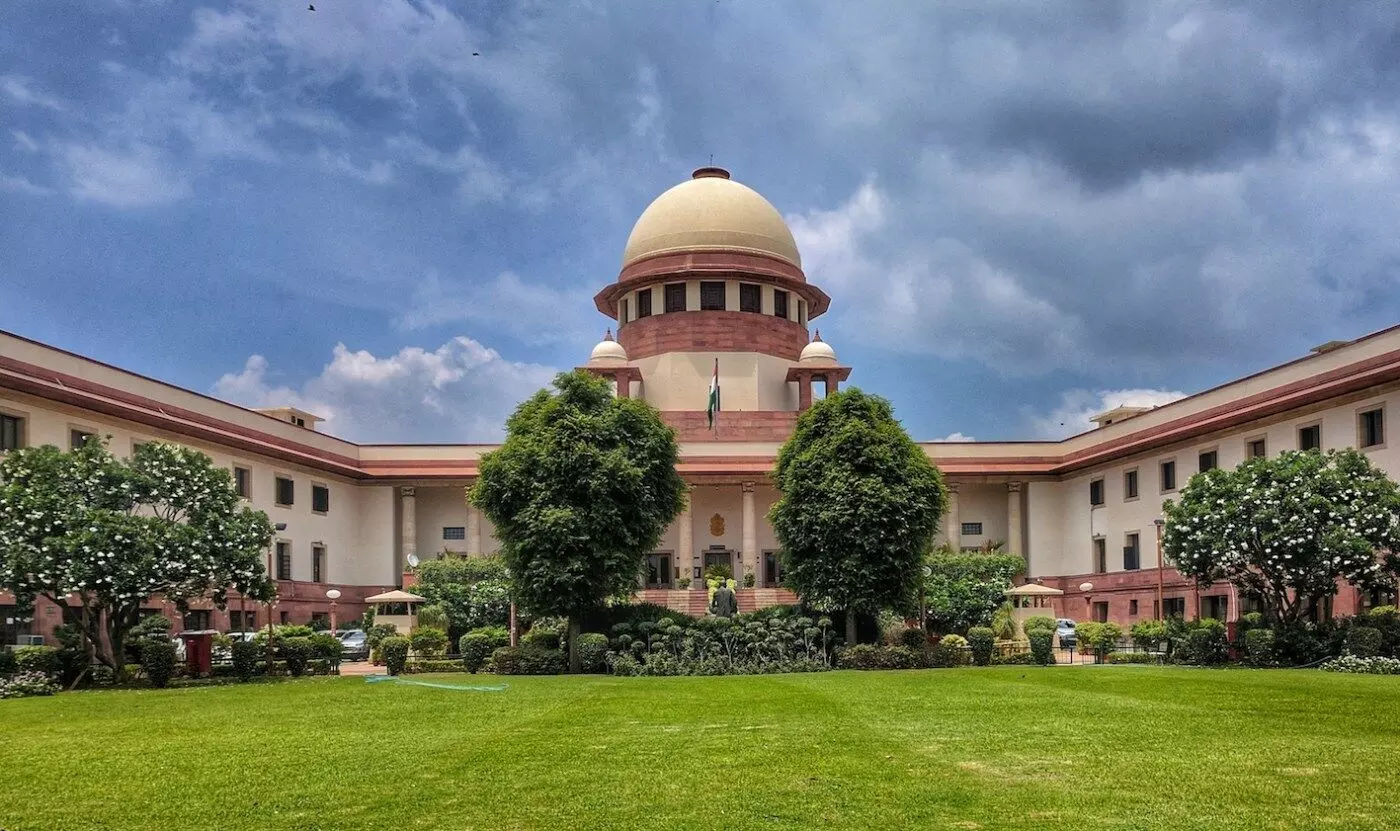Govt Appoints 3 Supreme Court Judges After President Murmu's Approval

The Union government on Thursday officially announced the appointment of three new judges to the Supreme Court, completing the process just a day after President Droupadi Murmu approved the collegium’s recommendations.
Union Law Minister Arjun Ram Meghwal shared the news on X, stating: “In exercise of the powers conferred by the Constitution of India, the President, after consultation with the Chief Justice of India, is pleased to appoint S/Shri Justices (i) N.V. Anjaria, Chief Justice, High Court of Karnataka, (ii) Vijay Bishnoi, Chief Justice, High Court of Gauhati, and (iii) A.S. Chandurkar, Judge, High Court of Bombay as Judges of the Supreme Court of India.”
The new judges are scheduled to be sworn in on Friday morning by Chief Justice of India (CJI) Bhushan R. Gavai, who recently took over the top post. Their appointment brings the Supreme Court to its full sanctioned strength of 34 judges.
Justice N.V. Anjaria, originally from the Gujarat High Court, currently serves as the Chief Justice of the Karnataka High Court. Justice Vijay Bishnoi, formerly of the Rajasthan High Court, is the Chief Justice of the Gauhati High Court. Justice A.S. Chandurkar is a sitting judge of the Bombay High Court.
Their elevation was recommended by the Supreme Court collegium on May 26, comprising CJI Gavai and Justices Surya Kant, Vikram Nath, J.K. Maheshwari, and B.V. Nagarathna. The collegium’s choices are seen as reflecting a continued commitment to regional representation and judicial seniority.
The focus on appointments comes at a time of transition and reform within the judiciary. A decision on appointing more women to the Supreme Court was reportedly postponed until after Justice Bela M. Trivedi’s retirement, scheduled for June 9. Her last working day was May 16 due to an overseas commitment. Once she steps down, Justice B.V. Nagarathna will be the only woman on the Supreme Court bench.
The collegium has also recommended five new high court chief justices and reshuffled four others, while 22 judges have been transferred based on administrative needs and personal requests.
To make the judiciary more transparent, these developments are unfolding alongside a wider push. In a notable move under former Chief Justice Sanjiv Khanna, the Supreme Court started publishing collegium resolutions, judges’ profiles, and asset declarations on its official website, marking a meaningful step toward greater institutional openness and accountability.
The new appointments also follow heightened public and institutional scrutiny of the judiciary. Earlier this month, unaccounted cash was reportedly found at the residence of High Court judge Yashwant Varma. A three-judge panel investigating the matter found grounds for concern and recommended initiating removal proceedings. The findings, along with the judge’s response, have been sent to the President and Prime Minister for further action.
